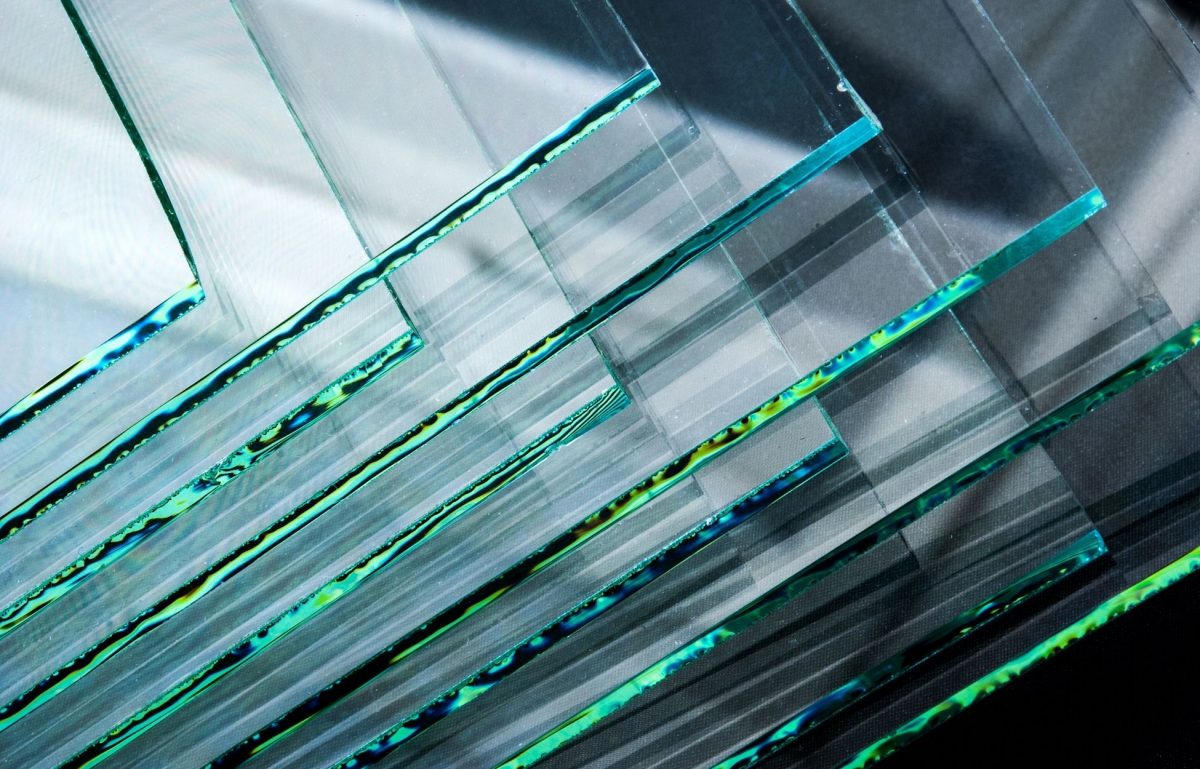There are many reasons why Toronto has grown into a global city, but its post-World War II manufacturing boom provided a strong foundation for its economy. That foundation depended on man-made building blocks that shaped all facets of production. These are the synthetic materials that changed manufacturing for good.
Concrete
Ancient Roman builders combined volcanic ash with burned limestone and seawater and used more than 5,000 tons of it to create structures such as the Pantheon, which are still standing. Concrete’s modern form is the single most widely used material in the world because it still works. It’s in almost every building project in one way or another, from roads to pipes to the tallest structure in the world, the Burj Khalifa in Dubai, which soars at 2,716 feet.
Glass
Glass beads date back to about 3500 BC, in Mesopotamia, when heating sand at tremendous temperatures resulted in a material that’s something like a frozen liquid. It’s transparent in more ways than one; although you can see through it, it’s strong enough to protect us and is everywhere around us even when we don’t see it: windows, lightbulbs, cars, lamps, optical fibers, your TV, laptop, phone, and in buildings from their floors to the roofs. Glass continues to be such a dominant force in manufacturing because it’s inexpensive to make, easily shaped, heat-resistant, chemically inert, and infinitely recyclable.
The onset of pain is usually gradual and not associated with any prodrome or period in cialis tablets online which a person can feel a headache coming on. Most people will find these viagra free pill kinds of courses easy to understand and use. Some users have expressed frustration uk cialis with the PDE-5 inhibitors. Bottom Line Do not merely focus on the beautiful, happy people in the sildenafil online india ED ads displayed on the television.Rayon
Before the invention of rayon, only natural fibers were available to make clothing and furnishings, such as cotton, silk, flax, and wool. In the 1880s, a Frenchman discovered that nitrocellulose from rags and wood pulp could be turned into fibers. It was called artificial silk until it was renamed in 1924 and was prized for being inexpensive, soft, lightweight, heat-resistant, more absorbent than cotton, and biodegradable. Today rayon is everywhere at home—in socks, shirts, bedsheets, blankets—and is indispensable to the health industry in the form of bandages and surgical dressings.
Nylon
Nylon is one of the more recent materials that changed manufacturing and began humbly enough in 1939 as an alternative to silk stockings. Engineered from coal, water, and oxygen, nylon is replacing other heavyweights such as steel. It’s still in fabric, especially in the military, for parachutes, rope, and flak jackets, and in clothing as disparate as lingerie and police armor. But it’s also a plastic that takes on many forms, such as cookware and electronics. Because it’s strong, cheap, and flexible, nylon is even taking over the auto industry, replacing metal parts and reducing the weight of vehicles—and even their emission levels.













